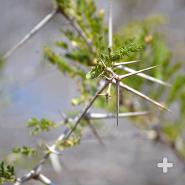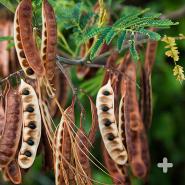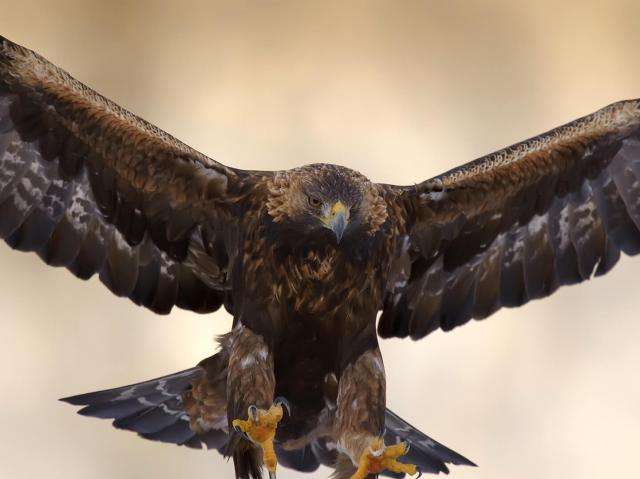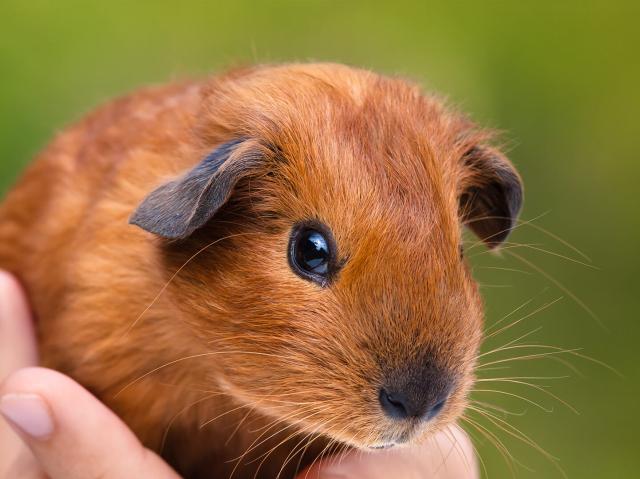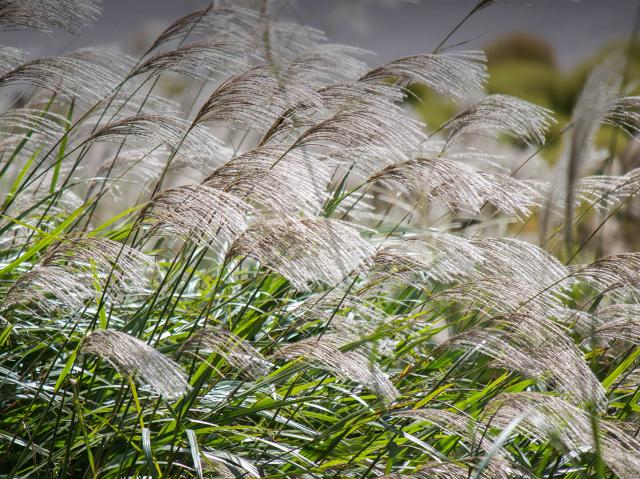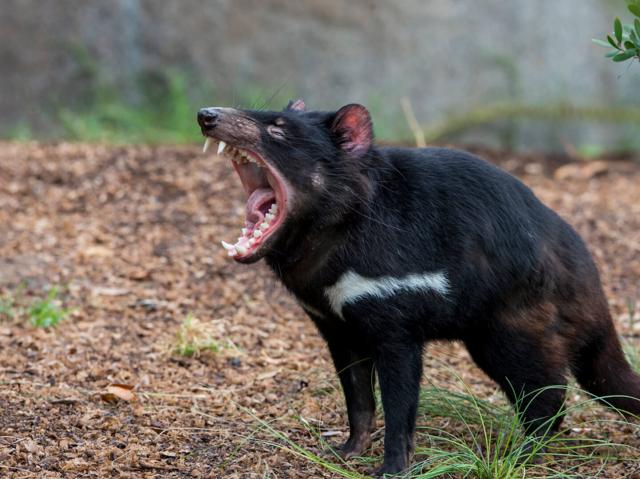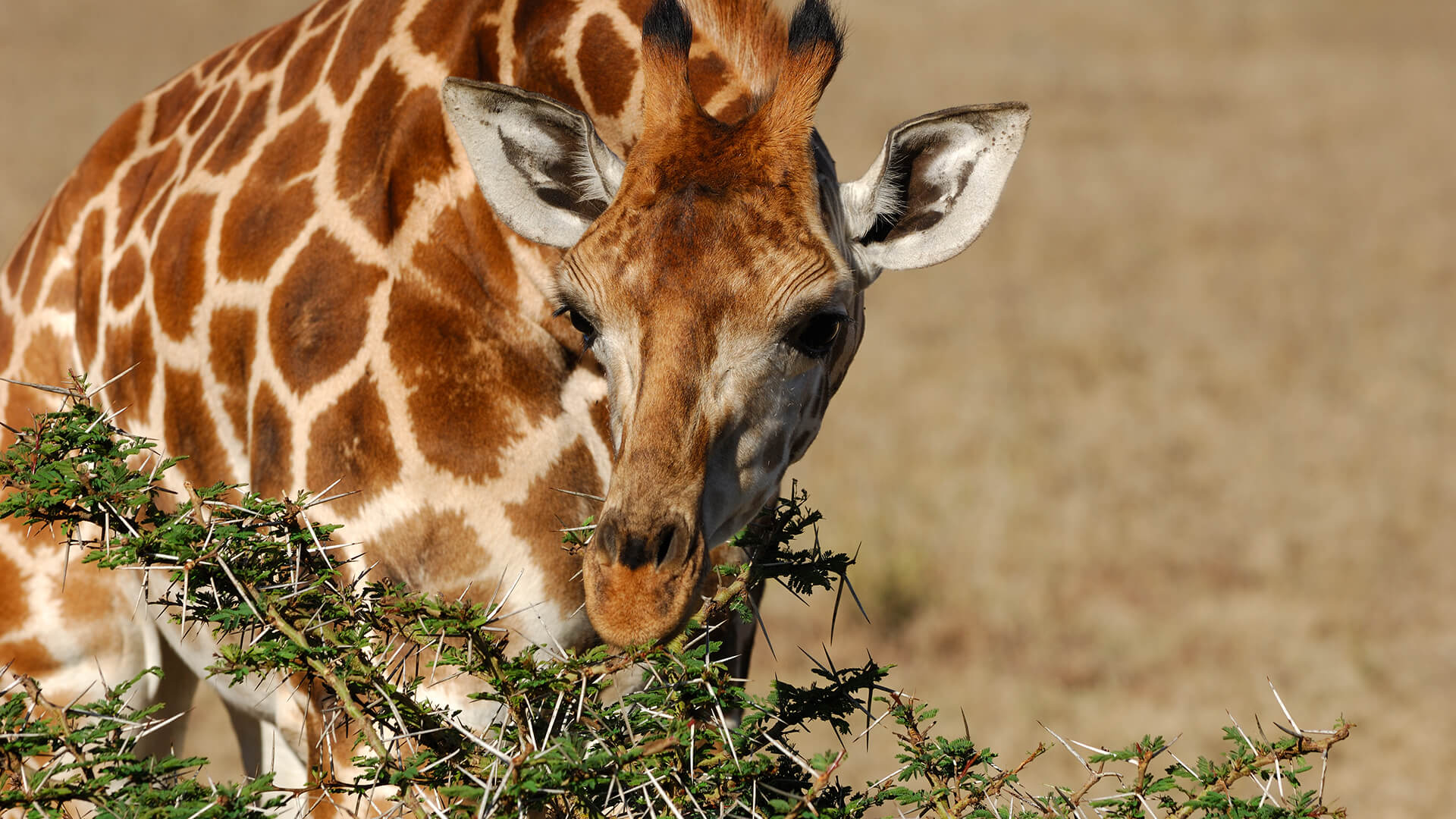
Acacia

- DIVISION: Tracheophyta (vascular plants)
- CLASS: Magnoliopsida (dicotyledons)
- ORDER: Fabales
- FAMILY: Fabaceae (legumes)
- GENERA: Acacia, Acaciella, Mariosousa, Senegalia and Vachellia
- SPECIES: more than 1,400

OVERVIEW
They're an icon of the African savanna, but various species of acacias occur in many other warm, tropical, and desert-like regions of the world, too. Until recently, they all belonged to the same genus, Acacia. Today botanists have renamed many of the species, grouping them in five separate genera. In addition to the genus Acacia—which still includes more than 1,000 species, mostly from Australia—acacias include the following recent genera:
- Senegalia includes more than 200 species, mostly from the Americas, Africa, and Asia
- Vachellia includes more than 160 species from the Americas, Africa, Asia, Australia, and the Pacific
- Mariosousa includes 13 species from the southwestern US through Costa Rica
- Acaciella includes 15 species, all from the Americas.
CHARACTERISTICS
Acacias can be tall trees or low-growing shrubs. People admire the feathery, compound leaves of some acacias; small leaflets are arranged in rows, one on each side a leaf's midrib, and each of those leaflets is further divided in the same fashion. This gives the leaves of these acacias a delicate, fern-like look. In many varieties from dry areas, though, compound leaves are replaced by flattened leaf stalks, called phyllodes, that look like long, simple leaves. The reduced surface area of a phyllode is an adaptation for conserving water. Even acacias with phyllodes, though, start out with lacy, compound leaves when they are young.
In many acacias, long, sharp thorns hide among the leaves. While thorns may discourage some predators, they're no match for the talented tongue of a giraffe. With its long, prehensile tongue, a giraffe avoids acacia thorns to grasp even the most delicate of leaves.
Acacias bloom in clusters of small, yellow or whitish flowers. Fertilized flowers produce tough seed pods that dry and eventually burst, releasing the flat, bean-like seeds inside.
USES
Examine the ingredients list of your favorite gum, candy, or soft drink, and you might see the term "gum arabic." This water-soluble emulsifier and stabilizer comes from the hardened sap of various African acacias, and it's just one of the many products we get from acacias. This group of trees and shrubs also yields flavorings, wood pulp, cellulose, perfumes, cut flowers, oils, tannins, dyes, fodder, timber, and fuel.
Acacias are fast growing, so they are often planted for land rehabilitation. Various species show up in suburban and urban landscapes, too, and they are cultivated in areas where they're not native.
OUR COLLECTION
The Zoo and Safari Park have long cultivated acacias for their beauty and their shade—and because they are popular browse for many of the hoofed mammals! We grow 38 taxa of acacias and they are one of our accredited plant collections. Here are some to look for:
- A knobthorn acacia Senegalia nigrescens stands guard at Safari Base Camp at the Safari Park. Look for the big thorns on the trunk's woody knobs.
FOOD
Acacias are a food source for some of the herbivores, such as giraffes and okapi, at the Zoo and Safari Park. We feed them acacia browse: branches with leaves, buds, flowers, and new growth.
ROOTS
You may know that beans and peas are legumes, but you may not know that acacias are legumes, too. Like other legumes, acacias are able to take in and assimilate nitrogen directly from the atmosphere, with the aid of soil bacteria that live in nodules on the plant roots. As acacia leaves fall, they release that nitrogen back into the earth, enriching the soil.
WATTLE IT BE?
In Australia, acacias are called "wattles."
CONSERVATION
Factors that threaten the survival of acacias include urban development, ranching, logging, fire and fire suppression, dams and water management, and climate change.
WEEDS
A few species of Australian acacias have proved to be invasive pests, both in Australia and in other parts of the world. In South Africa, for example, Acacia saligna, A. cyclops, A. melanoxylon, A. mearnsii, and A. decurrens cause serious problems—and no natural predators exist to keep them under control.
MIGHTY ANTS
The whistling thorn Vachellia drepanolobium has swollen thorns that provide shelter and food for ants. In return, the ants protect the tree by swarming onto the tongues and faces of hungry herbivores that dare to take a taste.
CULTIVATION
Acacias can be grown from seeds and from cuttings.




